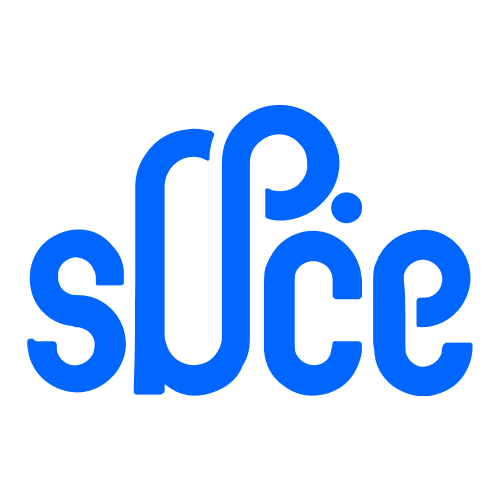EL:empty的用法,JSTL <c:if test GOOD
${key}所有当key不为空时输出key的值。当key为空时,输出“所有”规则:1若key为null时,返回true2若key为空String时,返回true3若key为空Array时,返回true4若key为空Map时,返回true5若key为空Collection时,返回true6否则,返回false----------------------
使用到jsp设计页面时,EL表达式是少不了的,有时候需要判断一个对象或一个数组是否为空,可以使用empty。
例如:有一个list数组,判断它是否有值,可以使用<c:if test="${empty list}">数组为空</c:if> <c:if test="${!empty list}">数组不为空</c:if>
对于对象的判断也是如此。
百度了一下相关文档还说明
empty用来对一个空变量值进行判断: null、一个空String、空数组、空Map、没有条目的Collection集合
这种方式的判断就比jstl的<c:if test="${fn:length(list)==0}">数组为空</c:if> 这种好用多了,也好记。
JSTL 入门: 表达式语言https://www.ibm.com/developerworks/cn/java/j-jstl0211/
EL 擅长寻找对象及其特性,然后对它们执行简单操作;它不是编程语言,甚至不是脚本编制语言。但是,与 JSTL 标记一起使用时,它就能使用简单而又方便的符号来表示复杂的行为。EL 表达式的格式是这样的:用美元符号($)定界,内容包括在花括号({})中,如清单 3 所示。
----------------------------------------------------------------------------------------------------
http://stackoverflow.com/questions/2811626/evaluate-empty-or-null-jstl-c-tags
You can use the <c:if> or <c:choose> for this.
<c:if test="${empty var1}">
var1 is empty or null.
</c:if>
<c:if test="${not empty var1}">
var1 is NOT empty or null.
</c:if>or
<c:choose>
<c:when test="${empty var1}">
var1 is empty or null.
</c:when>
<c:otherwise>
var1 is NOT empty or null.
</c:otherwise>
</c:choose>The ${not empty var1} can also be done by ${!empty var1}.
To learn more about those ${} things (the Expression Language, which is a separate subject fromJSTL), check here.
更多推荐
 已为社区贡献2条内容
已为社区贡献2条内容







所有评论(0)